List of the names of common eye diseases & Its Treatments
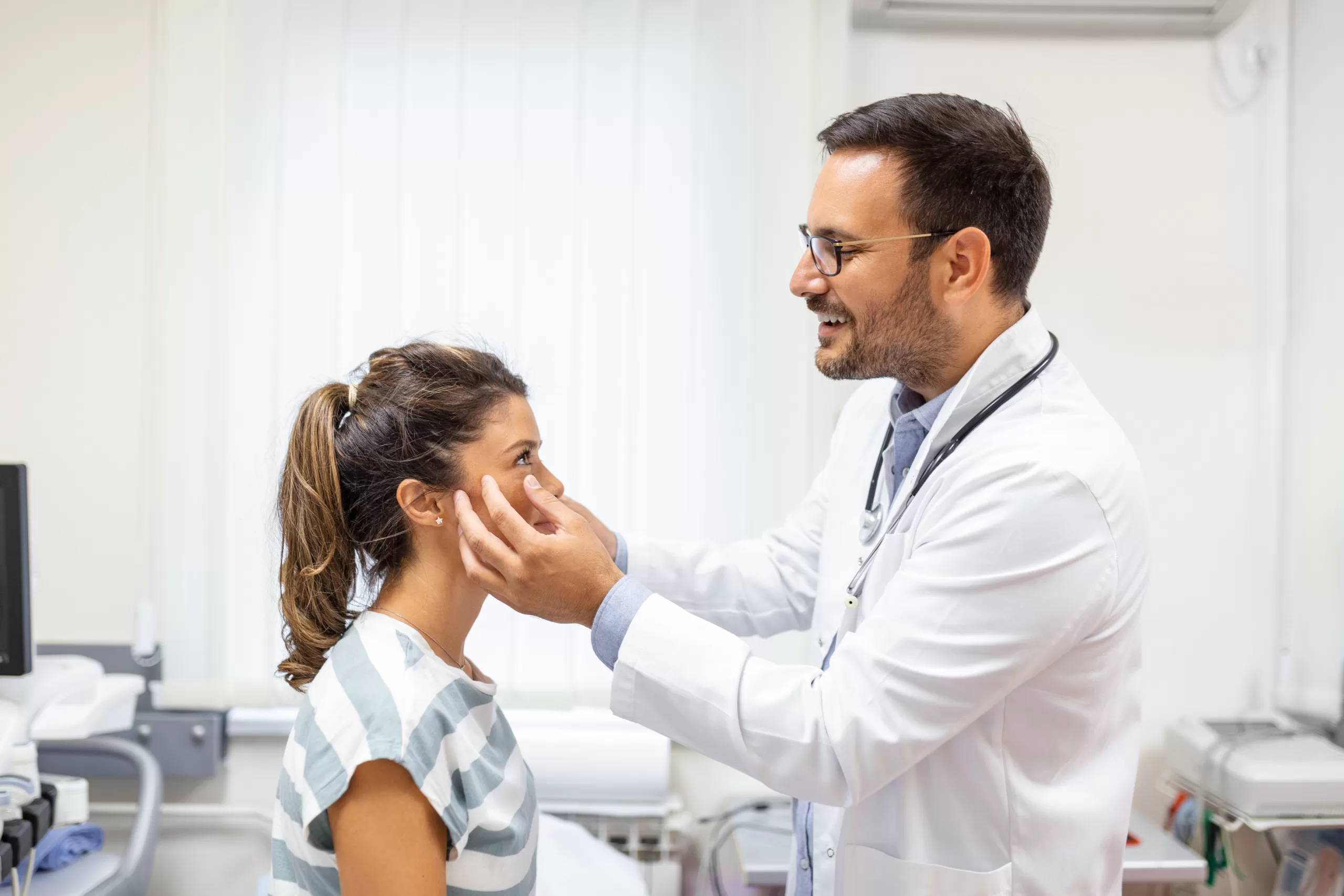
What are the common eye diseases names? Over 4.2 million Americans aged 40 & over are categorized as legally blind with best-corrected visual acuity of 6/60 or worse (=20/200) in the better-seeing eye. For those with low vision, who have a best-corrected visual acuity of 6/12 or less (20/40 or lower) in the better-seeing eye and are not considered blind, these services are especially useful.
According to research studies, age-related eye diseases such as macular degeneration, cataract, and glaucoma are the chief causes of blindness and reduced vision in the US. Amblyopia (lazy eye) and strabismus (crossed eyes) are also among some of the common eye disorders.
There’s still time to get your eye health in check and take preventive measures. Regular trips to the optometrist and eye exams can help with early diagnoses of any potential complications. Keeping your eye health in check is so important for slowing or correcting most eye conditions. If you have any vision issue that persists for more than a few days or gets worse, then make sure to consult your eye care provider right away.
Table of contents
Eye diseases names: Cataract
A cataract is an opacity in the eye lens that causes vision impairment and is a leading cause of visual impairment worldwide and the most frequent cause of vision loss in America. It can develop due to numerous factors at any age, including those present from birth.
Types of cataracts
As we age, it’s fairly common to develop cataracts. However, this clouding of the eye lens can also occur due to an eye injury or procedure for another eye condition such as glaucoma.
Treatment
Cataract surgery is a viable option to treat your condition, however, you don’t necessarily have to do it right away. There may be other treatments that can improve your vision and delay the need for surgery. Unfortunately, many people lack access to cataract removal treatments due to obstacles like insurance coverage, costs of treatment, personal preference or not understanding the procedure. This lack of accessibility can attribute to awareness issues and other concerns.
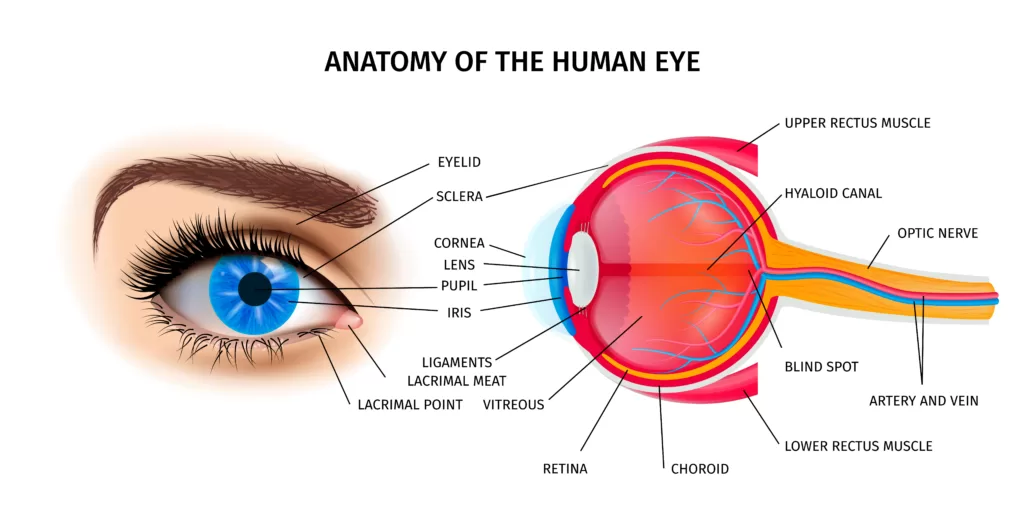
Eye diseases names: Refractive Errors
Refractive errors are a common vision problem that causes blurry vision. This occurs when your eye does not properly focus the light onto the retina, which is a thin layer of tissue located in the back of your eye.
Types
Refractive errors are common and affect many people. Myopia causes poor vision at a close range, hyperopia leads to difficulties seeing distant objects, astigmatism distorts the focus at any distance, and presbyopia can cause blurred near vision in those aged 40-50 years.
Treatments
Wearing eyeglasses and using contact lenses are two popular ways of correcting eyesight. But if need be, certain surgeries can also be conducted to fix the issue.
Eye diseases names: Glaucoma
Glaucoma is an umbrella term for various eye diseases that can lead to irreversible vision loss or blindness due to damage to the optic nerve. It usually associates with increased fluid pressure in the eyes, but current research indicates it can also be present without elevated pressure.
Broadly speaking, there are two main categories.
Open-angle is a progressive disorder that, if left untreated, can cause sight deterioration over an extended period. Often, individuals are unaware of the vision loss until it has already reached its later stages.
Angle-closure glaucoma occurs when the fluid in the eye is unable to exit through the outer edge of the iris. This can lead to a build-up of pressure and pain.
Taking action early on can help you safeguard your vision from any long-term damage or loss. Early treatment is therefore essential for maintaining healthy eyesight.
Eye diseases names: Strabismus
Strabismus is a condition in which the eyes don’t align properly, leading one eye to cross inwards (esotropia) or turn outwards (exotropia). This imbalance can lead to several vision problems. Strabismus occurs when the eyes lack coordination and don’t focus at the same time on a single point. Consequently, they look in different directions.
If your eyes fail to collaborate in the proper focus of an image, your brain may opt not to consider the input from one eye leading to a lack or complete loss of depth perception. This condition is commonly known as amblyopia and can cause permanent vision damage.
Eye diseases names: Diabetic Retinopathy
Diabetic retinopathy (DR) is a prevalent complication of diabetes that can lead to vision loss and even blindness in people with the condition. It occurs when there is damage to the small blood vessels located in the related area of the eyes, known as the retina.
Stages of Diabetic Retinopathy
DR follows a systematic approach, progressing through four distinct stages.
- Mild Non-Proliferative Retinopathy (Microaneurysms) is a condition that affects the eyes. It is marked by small bulges in the retinal wall that can disrupt blood flow. If left untreated, it can lead to vision loss.
- Moderate nonproliferative retinopathy is a condition characterized by obstructions in certain vessels of the retina.
- Nonproliferative retinopathy is a severe condition with blocked vessels leading to the retina being deprived of its blood supply.
- Proliferative Retinopathy is the most severe stage of eye disease. If left untreated, it can result in vision loss.
Management
Optimal management of diabetes includes proper regulation of blood sugar, blood pressure, and lipids. Early detection and timely treatment of any retinal issues can help to reduce the risk of loss of vision.
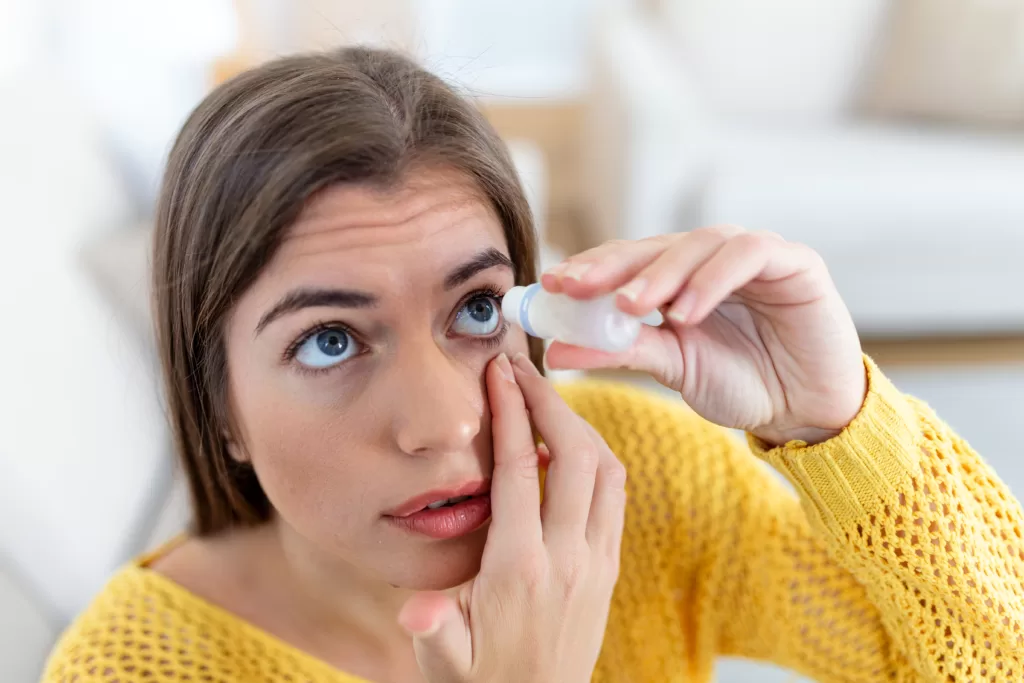
Eye diseases names: Age-Related Macular Degeneration
AMD is an age-related eye disease that affects sharpness and central vision. This is especially important for everyday activities like reading and driving. Its symptoms typically worsen with age, creating a major obstacle for those affected by it.
Types
There are two forms
Wet AMD occurs when the abnormal blood vessels behind the retina start to develop beneath the macula, resulting in fluid and blood leakage. Wet age-related macular degeneration (AMD) is a major cause of vision loss and is caused due to bleeding, leaking, and scarring from blood vessels. The initial symptom of this disorder may be wavy straight lines which can eventually lead to rapid central vision loss.
Dry AMD occurs when the macula thins with age, which results in a gradual blurring of central vision. It’s more prevalent and accounts for anywhere between 70–90% of AMD cases, and it moves at a much slower pace compared to Wet AMD. With the progression of dry AMD, the macula is less effective, thus leading to a gradual reduction in central vision. This eye condition occurs in both eyes and generally shows early signs such as drusen build-up.
Treatment
Depending on the stage and type of AMD, the right treatment plan can be advisable to best tackle it. Sadly, there is no known therapy for early AMD, so your doctor will just follow up and monitor your eye health using regular eye check-ups. Additionally, maintaining a healthy lifestyle by eating well, exercising often, and quitting smoking can be beneficial too.
Eye diseases names: Amblyopia
Amblyopia, otherwise known as a “lazy eye”, is the most common cause of vision loss in children. The brain and eye don’t communicate effectively, leading to weakened vision in one of the eyes. That’s why this condition is referred to medically as amblyopia. Though the eye appears to be functioning properly, it isn’t in its full potential due to the brain’s preference for the other one.
The cause of Amblyopia is by conditions such as strabismus, in which we can see a misalignment of the two eyes; one eye is more nearsighted, farsighted, or astigmatic than the other; and, in some cases, other eye issues such as cataracts.
Treatment
If the cause of amblyopia associates with a vision problem, then the doctor may suggest treatment like glasses, contact lenses, or surgery. For instance, near and far-sight in kids might require corrective lenses, while surgery could be useful to treat cataracts.
To improve vision in the weaker eye, retraining your brain is the next step to take. Training it to make use of the eye can lead to better sight over time.
Products That We Suggest for you
ReVISION – BRAIN & VISION SUPPORT
Revision combines a potent blend of herbs and nutrients that have been well-researched. And work together to provide great brain and visual health benefits.
To know more and purchase, Click Here
Lutenol- Nutritional Vision Support
Millions of people worldwide take their vision for granted, and relatively few are proactive about their eye health. So, Look forward to the future with Lutenol.
To know more and purchase, Click Here


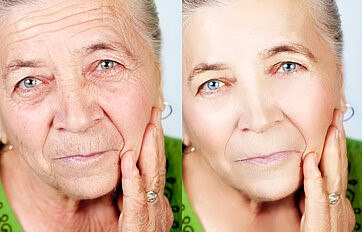
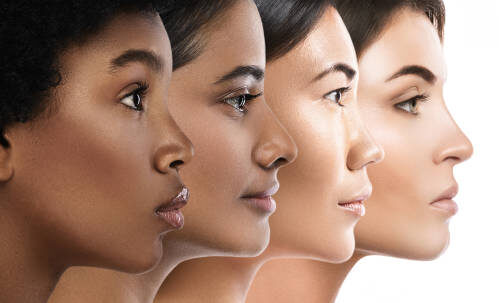




Comment to this Article
Comments that encourage respectful conversation are welcomed at AGP Health n Beauty. Stay on subject, please. Comments that are aggressively promotional of goods or services or that include personal attacks, vulgar language, or other forms of abuse will be deleted. Which remarks break our comment policy will be decided at our discretion. (Anonymous comments are accepted; just leave out your name in the comment box. Although necessary, your email address won't be posted with your comment.)